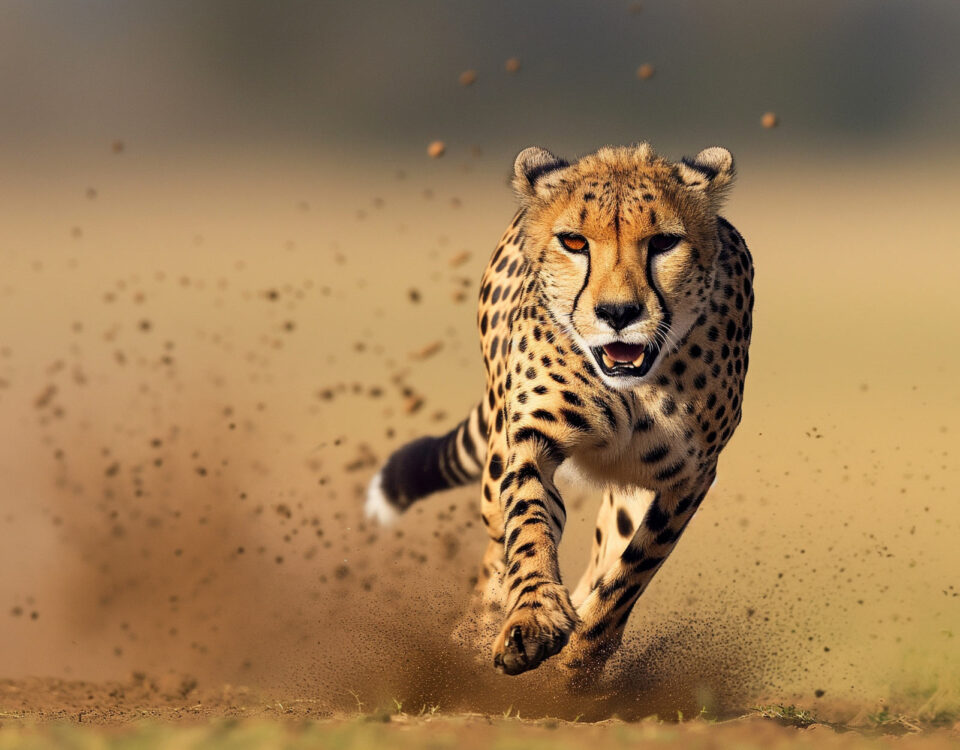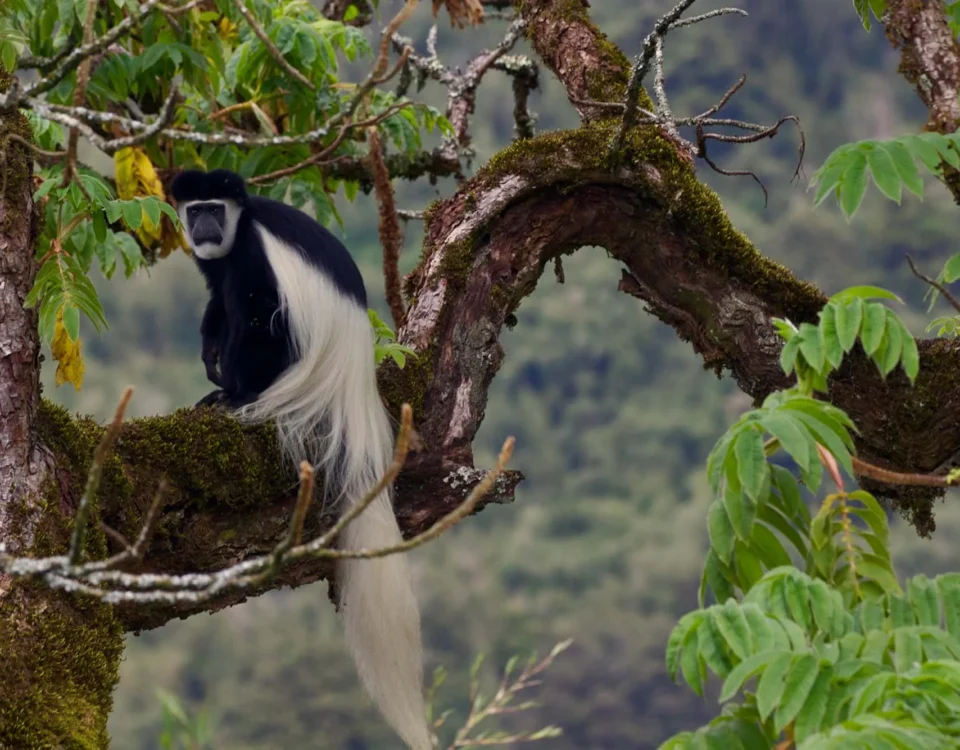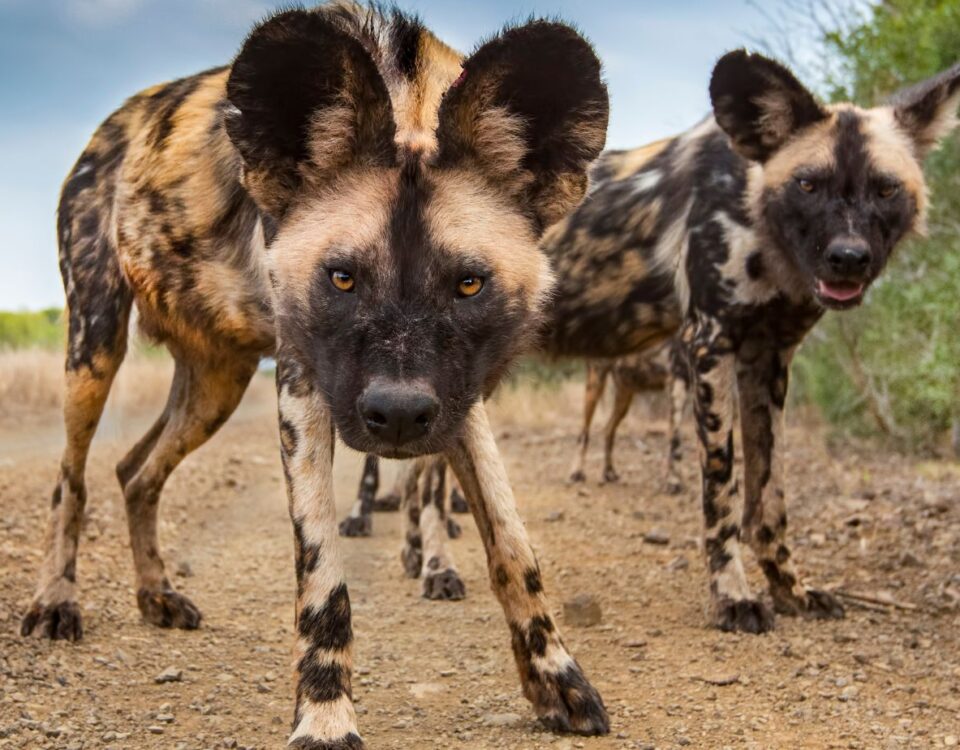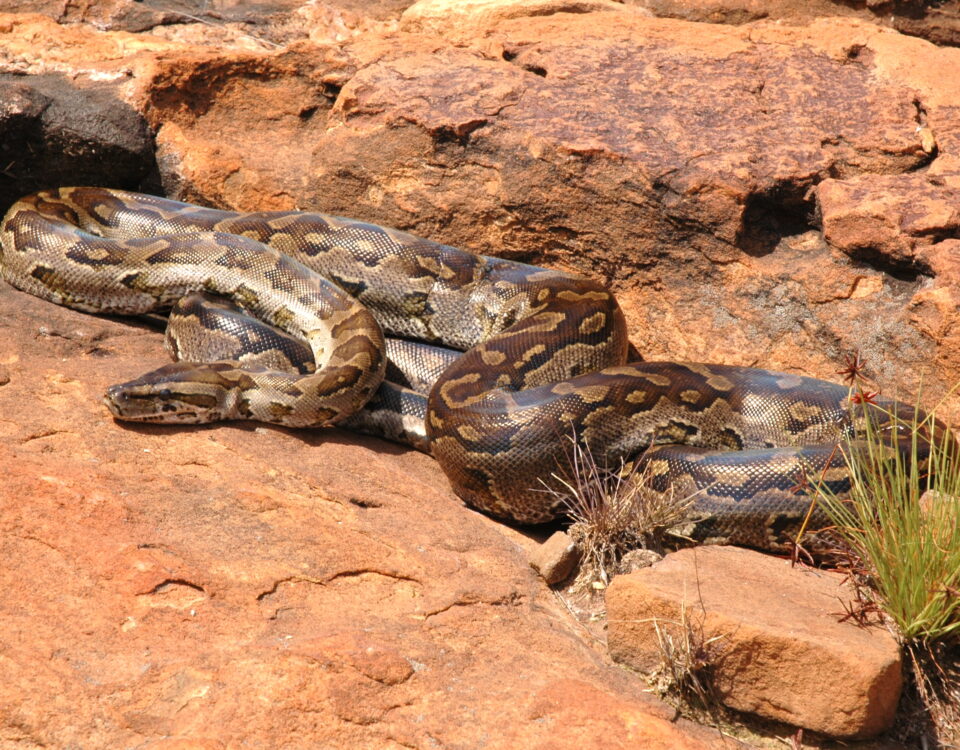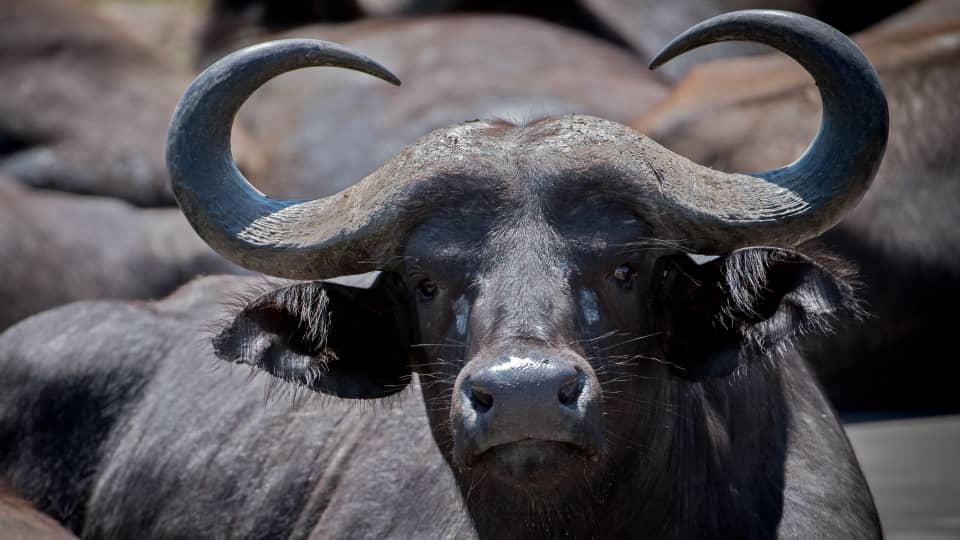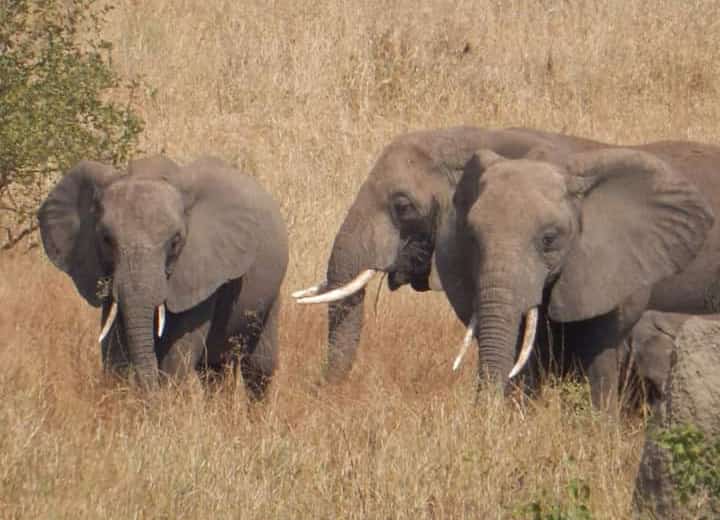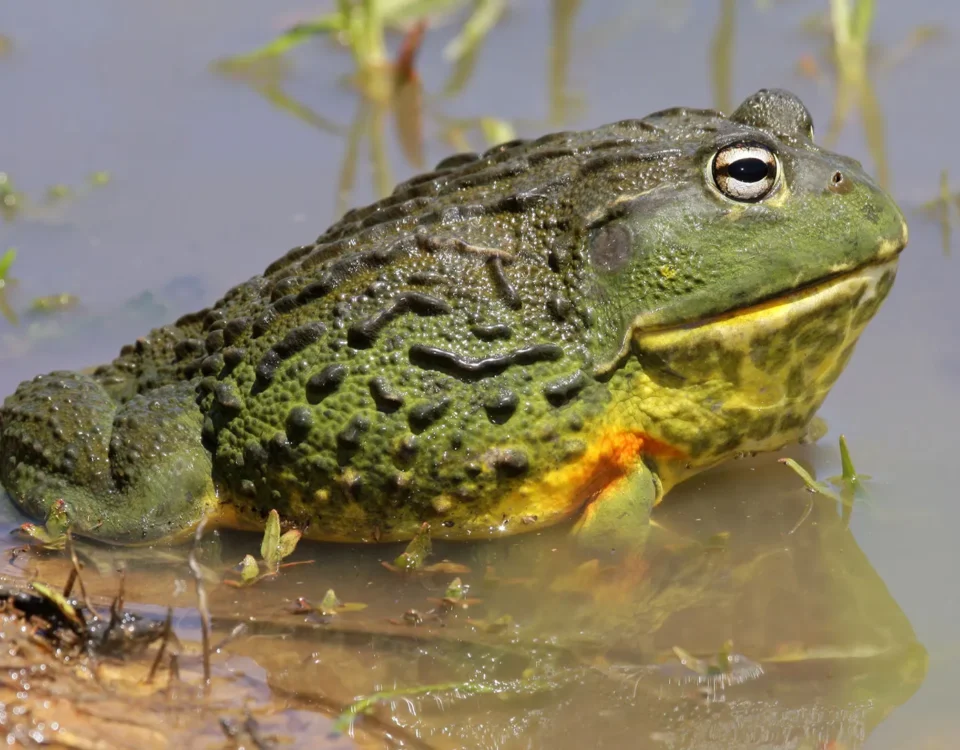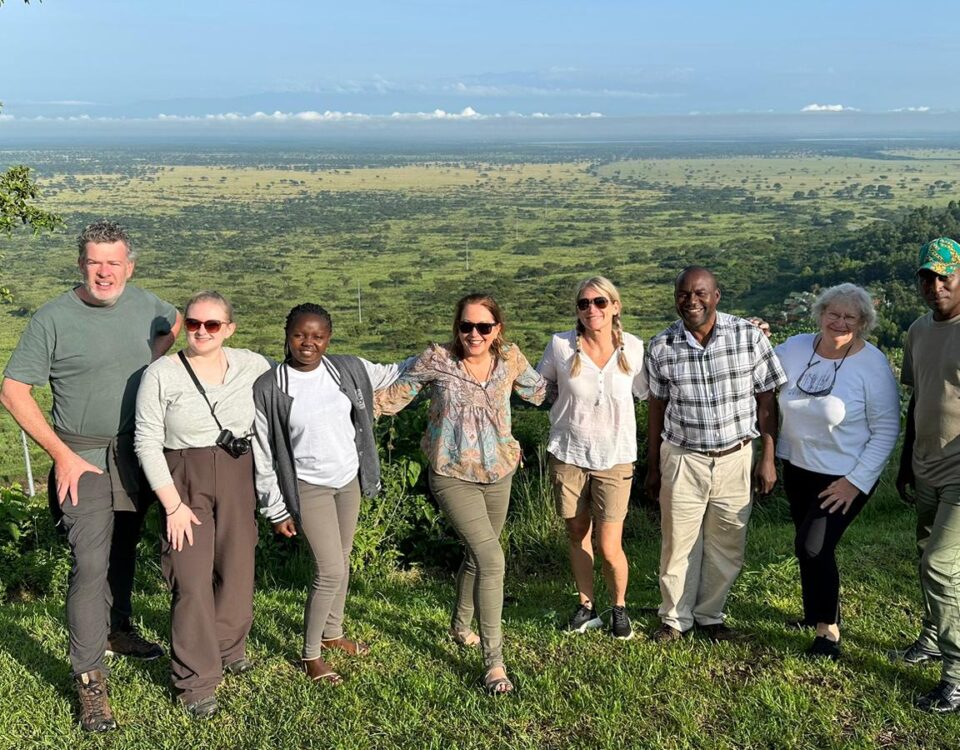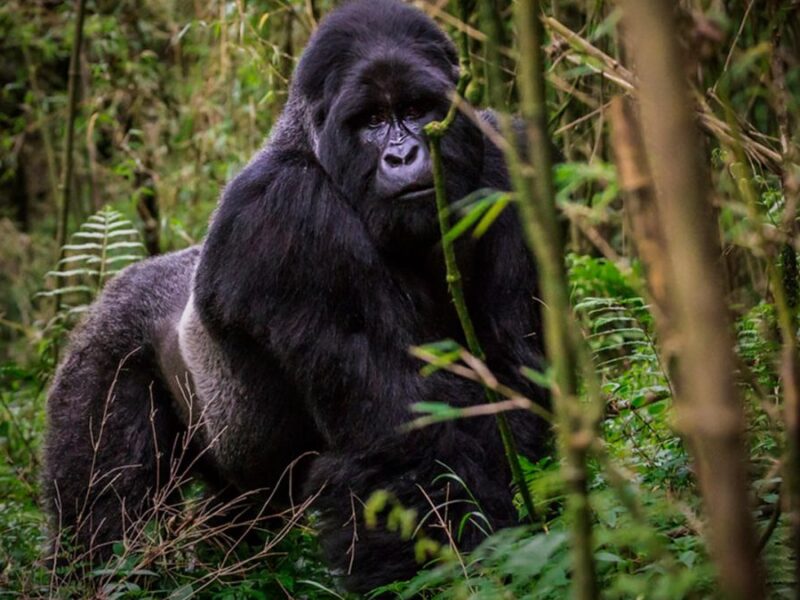Giraffe: The Graceful Giant of the Savanna – Elegance, Adaptation, and Survival in the Wild
Unveil the world of the giraffe, the graceful giant of the savanna, renowned for its elegance and unique adaptations. Discover their behavior, habitat, and the role they play in the African ecosystem. Introduction to the Giraffe: The Graceful Giant of the Savanna.
The giraffe, standing as the tallest terrestrial animal on Earth, is a symbol of grace and elegance in the wild. With its long neck, distinctive spotted coat, and gentle demeanor, the giraffe captures the imagination of all who encounter it. Inhabiting the open woodlands and savannas of sub-Saharan Africa, these majestic creatures are not only admired for their unique appearance but also for their remarkable adaptations that allow them to thrive in their environment. The giraffe’s towering height and serene presence make it one of the most iconic animals in the African landscape.
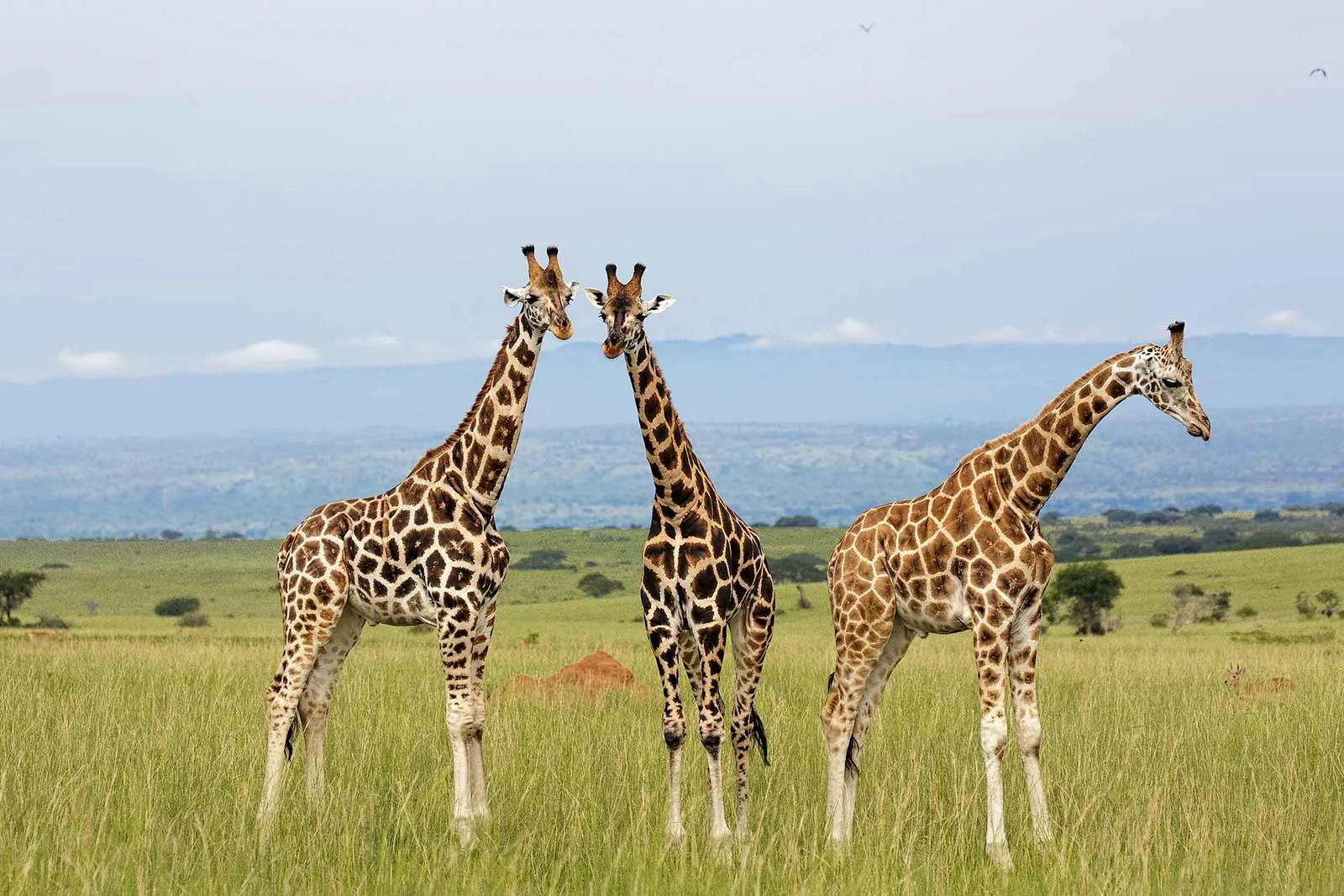
Africa Wildlife Safari Experience
Physical Characteristics: The Towering Elegance of the Giraffe
Giraffes are known for their extraordinary height, with males reaching up to 18 feet tall and females slightly shorter. This impressive stature is primarily due to their long necks, which can measure up to 6 feet alone. Contrary to popular belief, the giraffe’s neck contains the same number of vertebrae as most mammals—seven—but each vertebra is greatly elongated. Their long, slender legs contribute to their height, enabling them to cover large distances with minimal effort. The giraffe’s coat, characterized by irregular patches of brown, orange, or chestnut on a light background, provides effective camouflage in the dappled light of their habitat. Each giraffe has a unique pattern, much like a human fingerprint, adding to their individuality and charm.
Adaptations and Feeding: Reaching for the Sky
The giraffe’s long neck is not just for show; it is a crucial adaptation that allows them to reach leaves and buds high in the trees that are inaccessible to other herbivores. Acacia trees are a favorite, and giraffes use their prehensile tongues, which can extend up to 18 inches, to deftly pluck foliage while avoiding the thorns. Their height also gives them an advantage in spotting predators from a distance, providing an early warning system for themselves and other animals in the vicinity. Giraffes have evolved a specialized cardiovascular system to manage the challenges of pumping blood up their long necks to their brains. Their large hearts, weighing up to 25 pounds, generate the high blood pressure necessary to maintain circulation, making them marvels of biological engineering.
Social Behavior: The Quiet Majesty of Giraffe Herds
Giraffes are generally social animals, often seen in loose, open herds that can vary in size from a few individuals to several dozen. Unlike more structured social groups, giraffe herds are fluid, with individuals frequently joining and leaving. There is no strict hierarchy, and the lack of a dominant leader reflects their peaceful nature. Giraffes communicate through subtle gestures, body language, and low-frequency sounds, some of which are inaudible to human ears. These gentle giants maintain strong maternal bonds, with mothers fiercely protecting their calves from predators. Despite their calm demeanor, giraffes are capable of delivering powerful kicks with their long legs, which can be lethal to predators like lions.
Habitat and Distribution: Guardians of the African Woodlands
Giraffes are native to various regions across sub-Saharan Africa, thriving in savannas, grasslands, and open woodlands where trees are plentiful. Their distribution is largely influenced by the availability of food sources, particularly acacia trees. While they are most commonly associated with the East African plains, different subspecies of giraffes are found in various regions, each adapted to its specific environment. As browsers, giraffes play a vital role in their ecosystems by pruning trees and promoting new growth, which in turn supports other wildlife. Their grazing behavior helps shape the landscape, contributing to the health and diversity of their habitats.
Conservation Challenges: Protecting the Giants of Africa
Despite their iconic status, giraffes face significant threats that have led to a concerning decline in their populations. Habitat loss due to agriculture, human settlement, and deforestation poses the greatest risk to their survival. Additionally, giraffes are sometimes targeted by poachers for their meat, hides, and tails, which are considered valuable in some cultures. Conservation efforts are critical to ensuring the survival of these magnificent animals. Protecting giraffe habitats, implementing anti-poaching measures, and raising awareness about their plight are essential steps in safeguarding their future. Organizations dedicated to giraffe conservation are working tirelessly to monitor populations, restore habitats, and promote coexistence between giraffes and local communities.
Conclusion: The Legacy of the Giraffe
The giraffe’s legacy as the graceful giant of the savanna is one of elegance, adaptation, and quiet strength. As one of Africa’s most beloved animals, the giraffe continues to inspire awe and wonder in people around the world. Preserving these remarkable creatures and their habitats is not only crucial for maintaining the biodiversity of the African landscape but also for ensuring that future generations can witness the gentle beauty of the giraffe in the wild. Through continued conservation efforts, we can help ensure that the giraffe’s towering presence remains a symbol of the natural world’s splendor for years to come.
- All
- Africa Safaris
- Botswana Safari Destinations
- Botswana Safaris
- Burundi Safari Destinations
- Burundi Safaris
- Bwindi Gorilla Trekking Safari
- DR Congo Safaris
- Kenya Safari Destinations
- Kenya Safaris
- Namibia Safari Destinations
- Namibia Safaris
- Rwanda Safari Destinations
- Rwanda Safaris
- Seychelles Safaris
- South Africa Safari Destinations
- South Africa Safaris
- Tanzania Safari Destinations
- Tanzania Safaris
- Uganda Gorilla Trekking
- Uganda Safari Destinations
- Uganda Safaris
- Zambia Safaris
- Zanzibar Safaris



